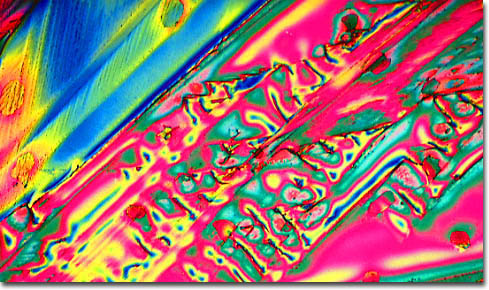|
Docosahexaenoic acid (DHA) is one of the beneficial omega-3 fatty acids found most abundantly in fish oils, certain organ meats, and eggs. In nature, the substance helps keep organisms from freezing and is, therefore, usually present in the greatest amounts in fish and other life forms that inhabit the coldest climes. Among the fatty acids present in the human body, DHA is one of the least saturated and is concentrated in the brain and the membrane lipids of rods in the eyes. In fact, DHA is one of the chief structural components of brain tissues and is sometimes called “brain oil” by dieticians. High dietary intake of DHA has been associated with reduced risk of heart disease and decreased blood triglycerides, as well as improvements in the conditions of those suffering from attention-deficit hyperactivity disorder, diabetes mellitus, depression, and schizophrenia.
|
